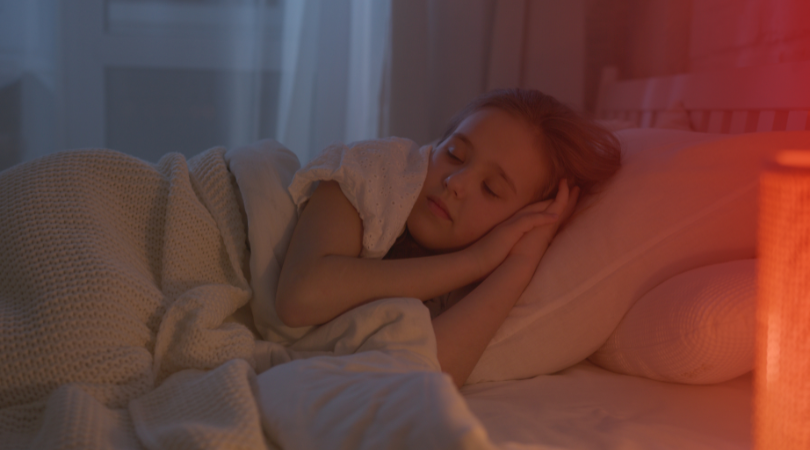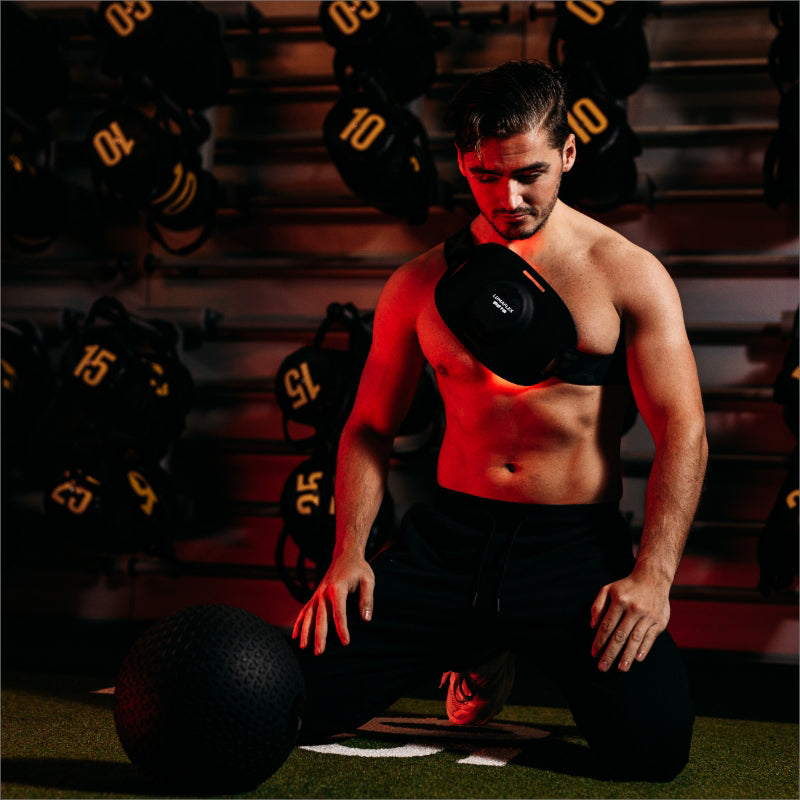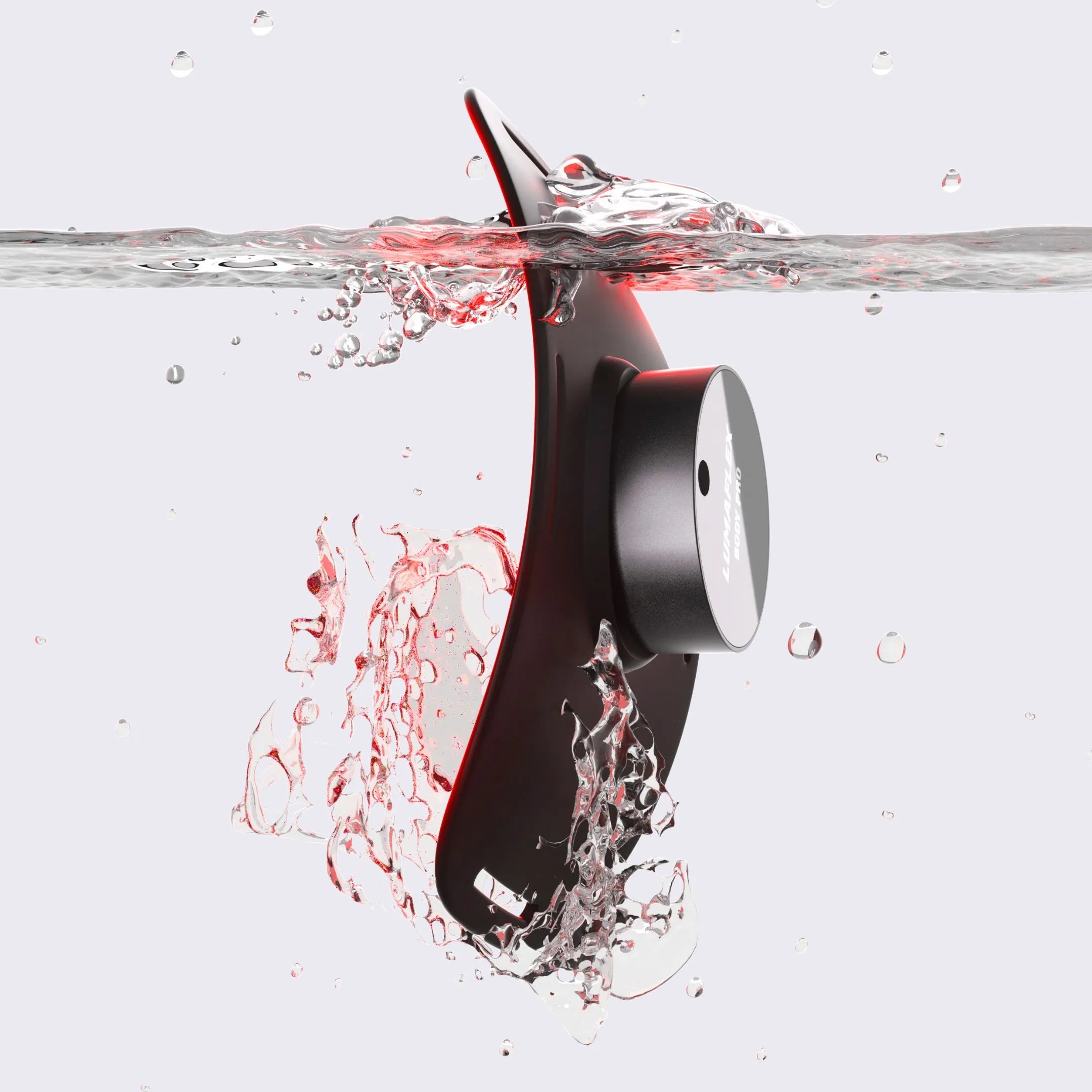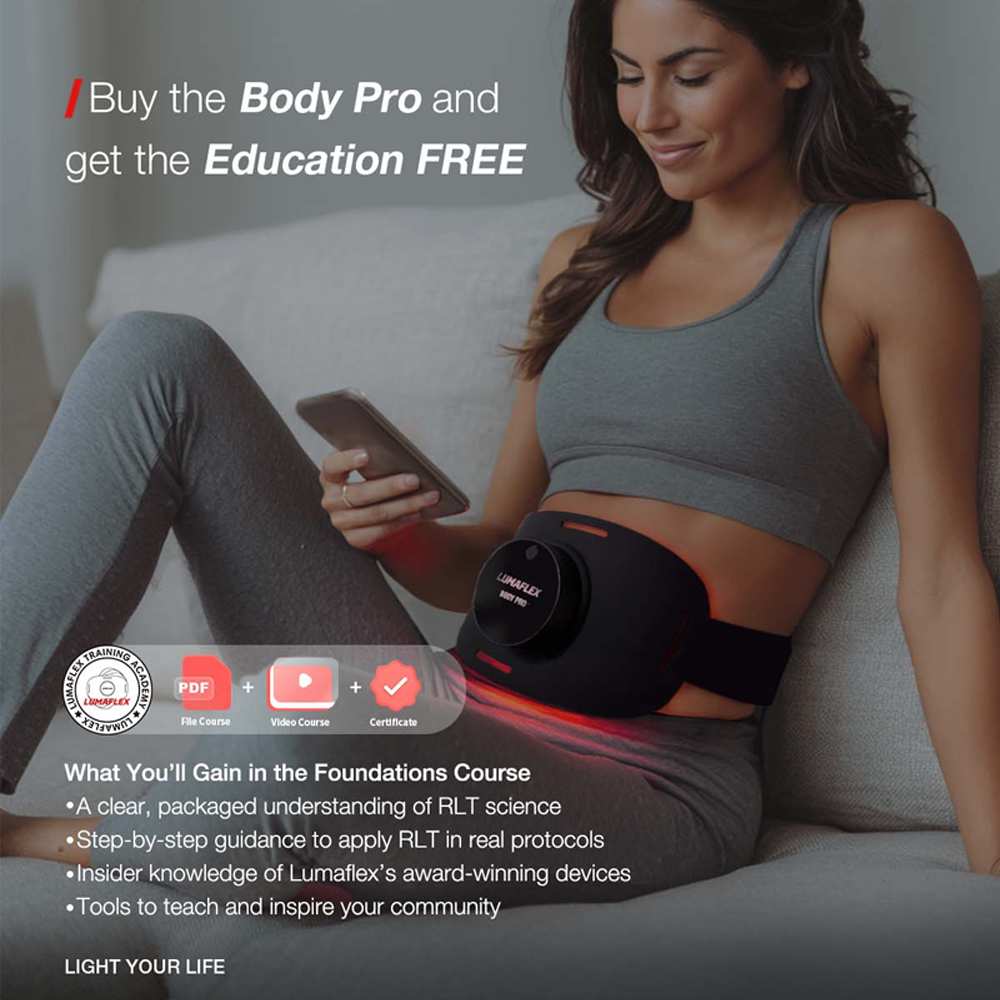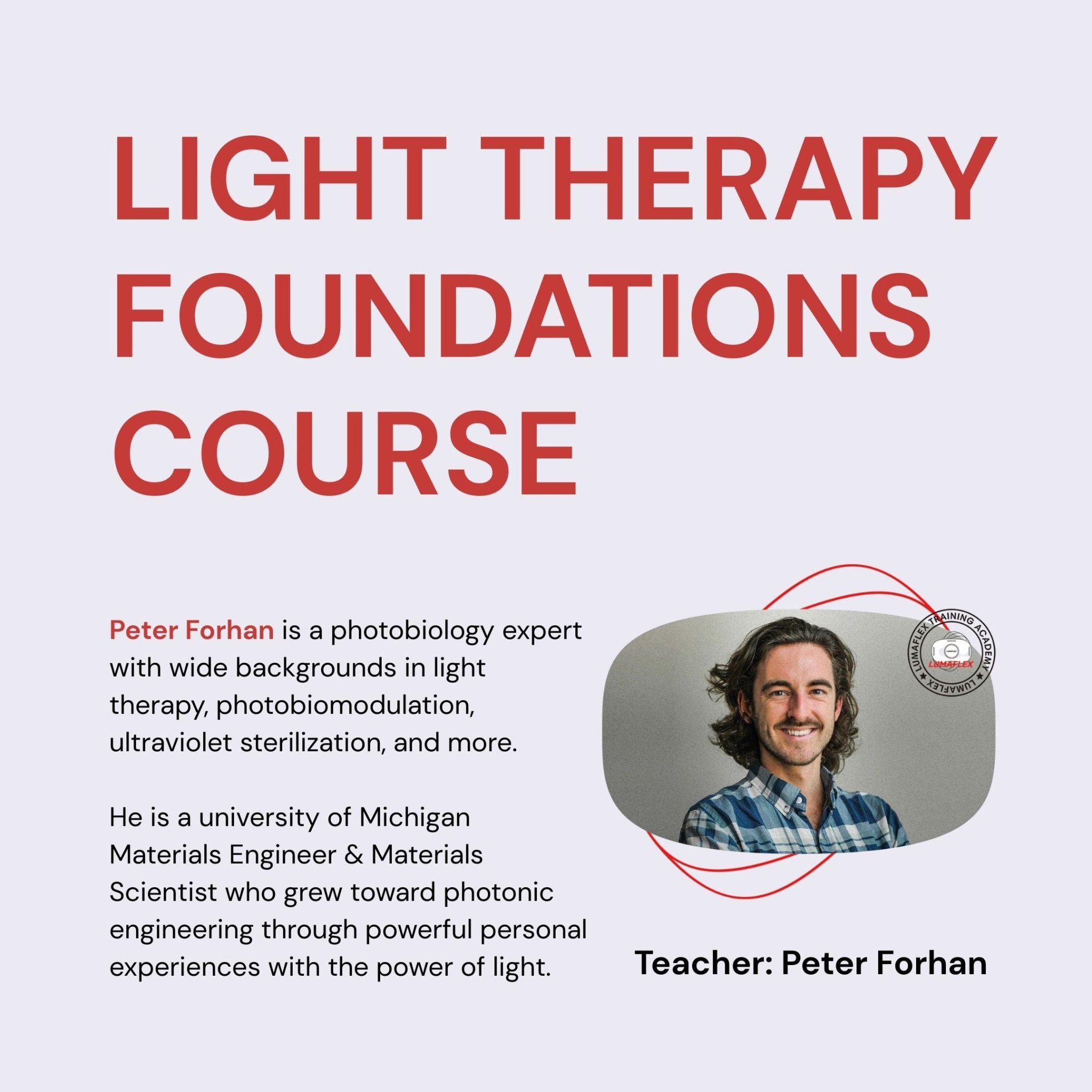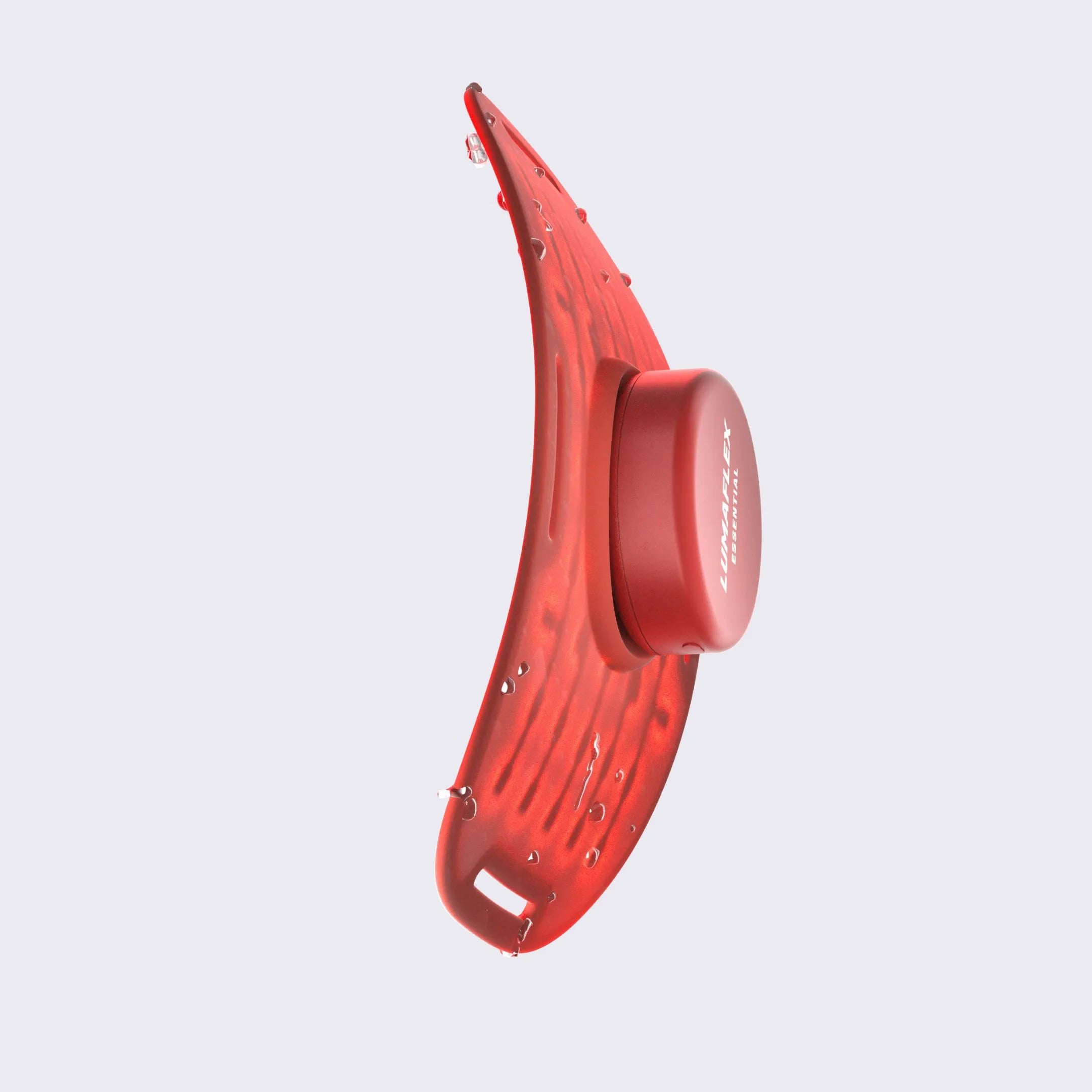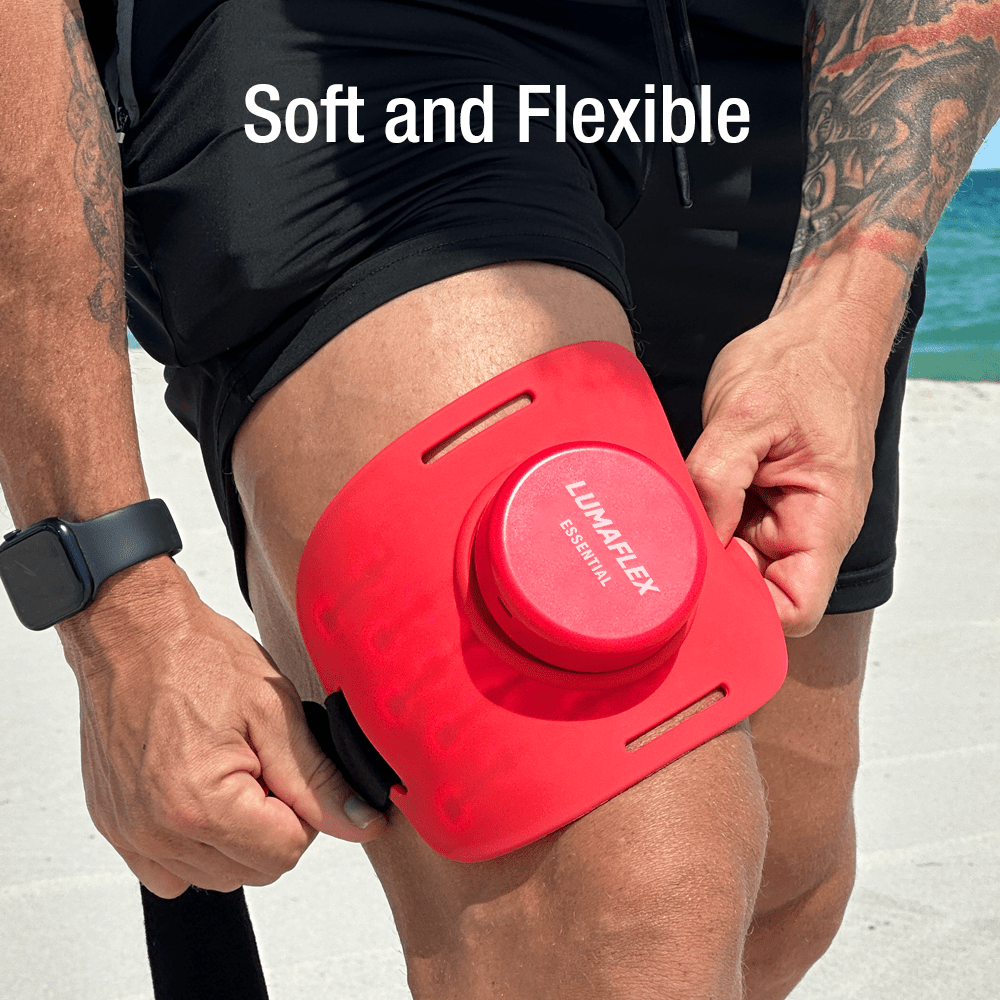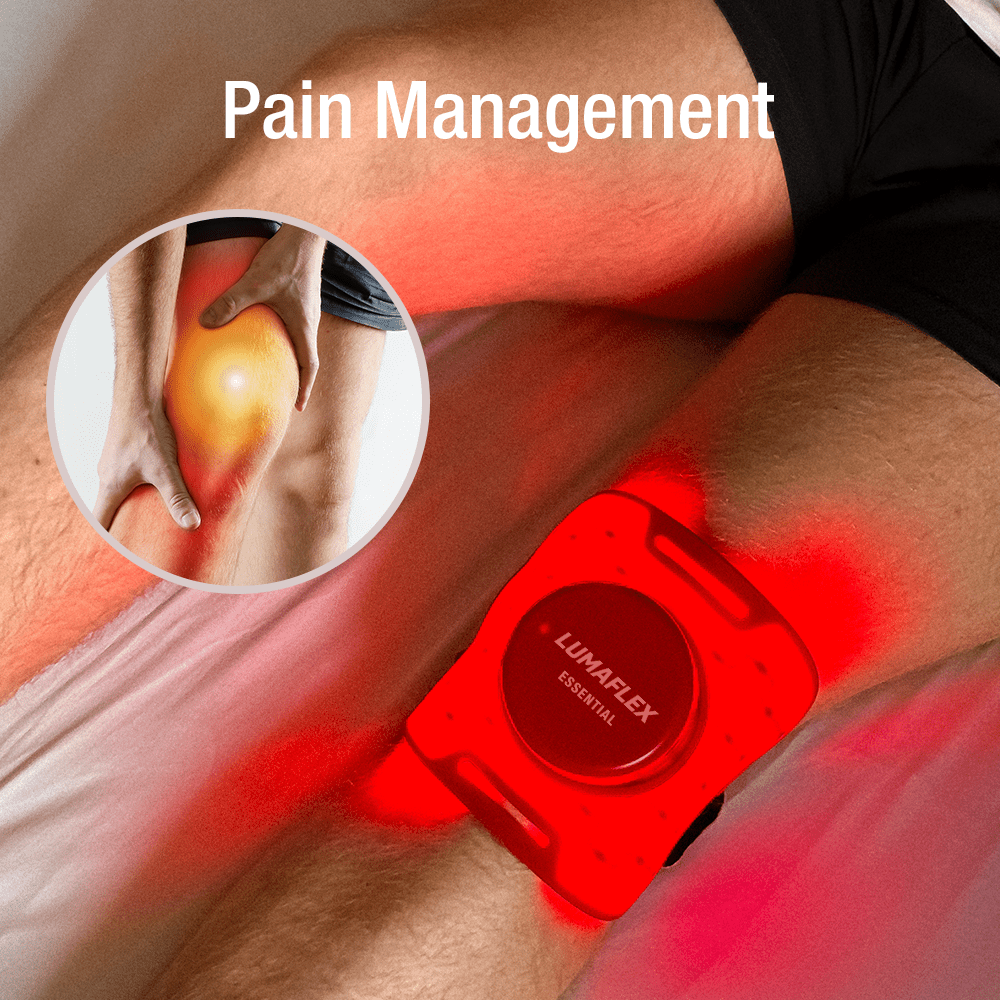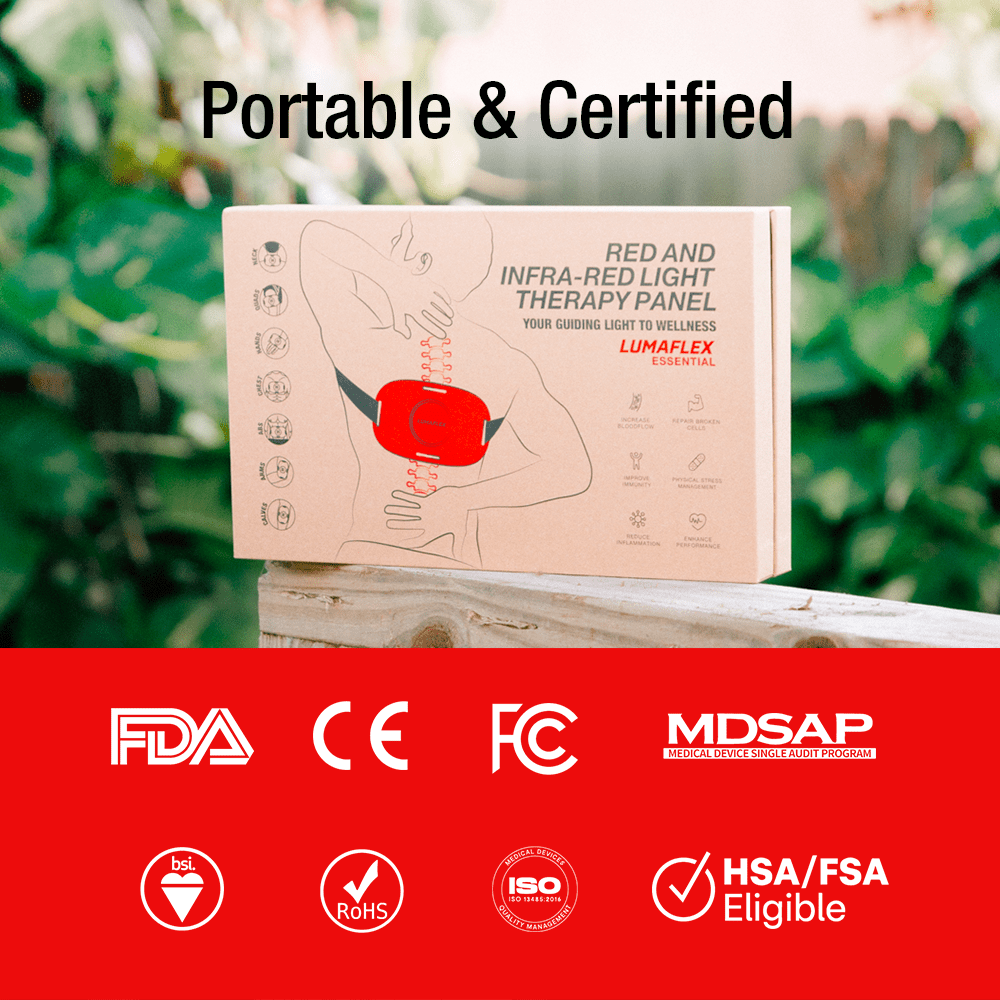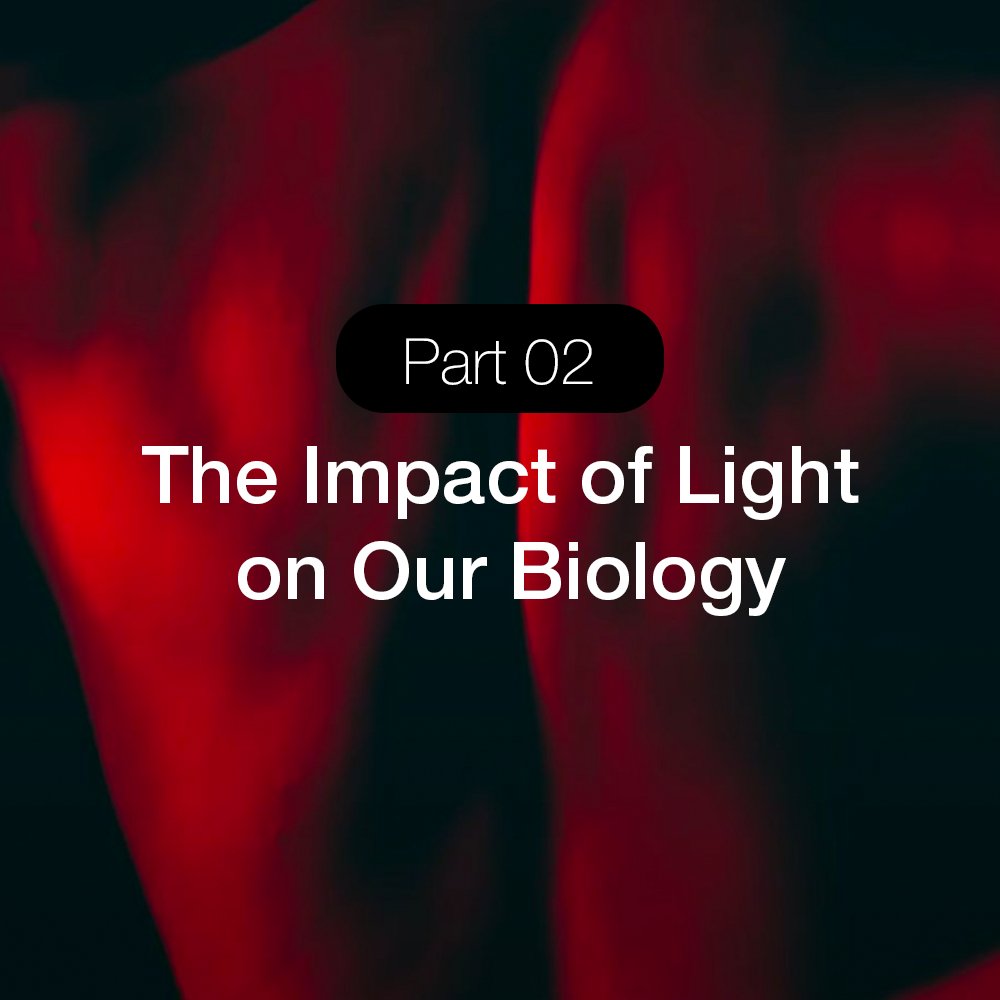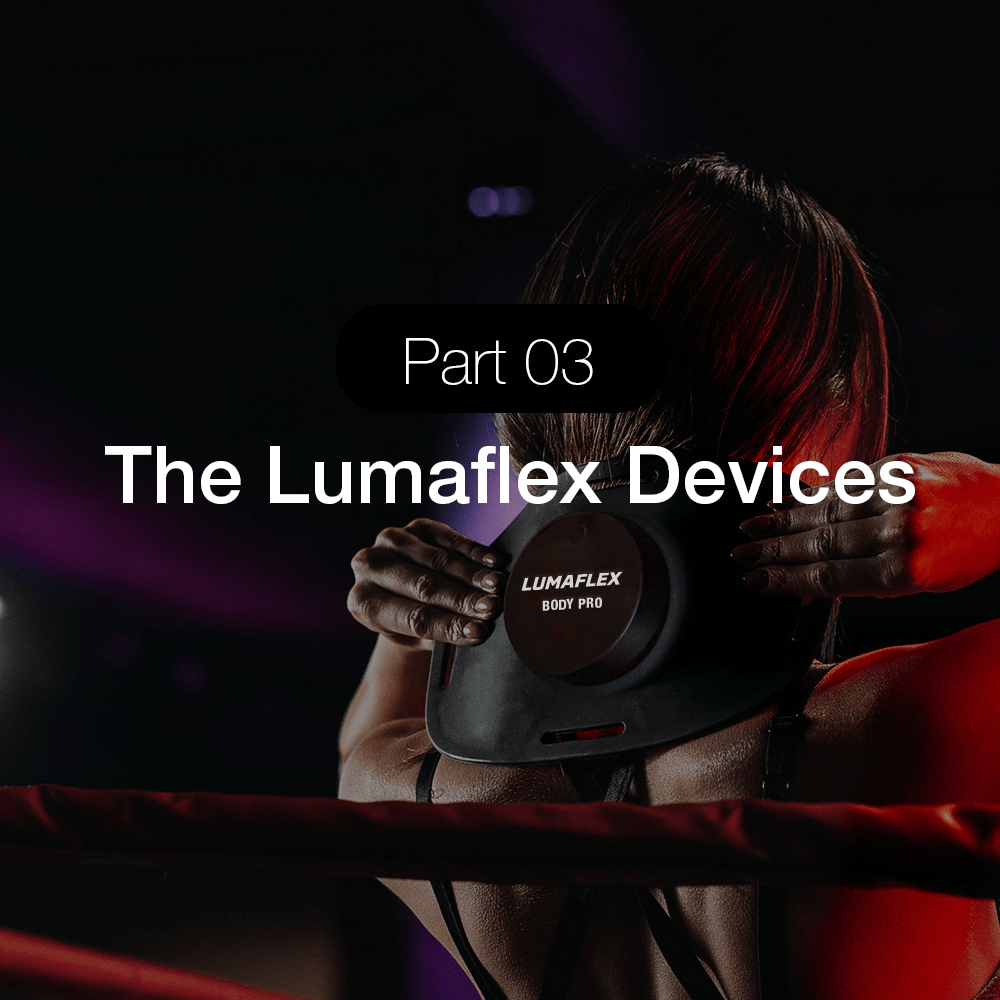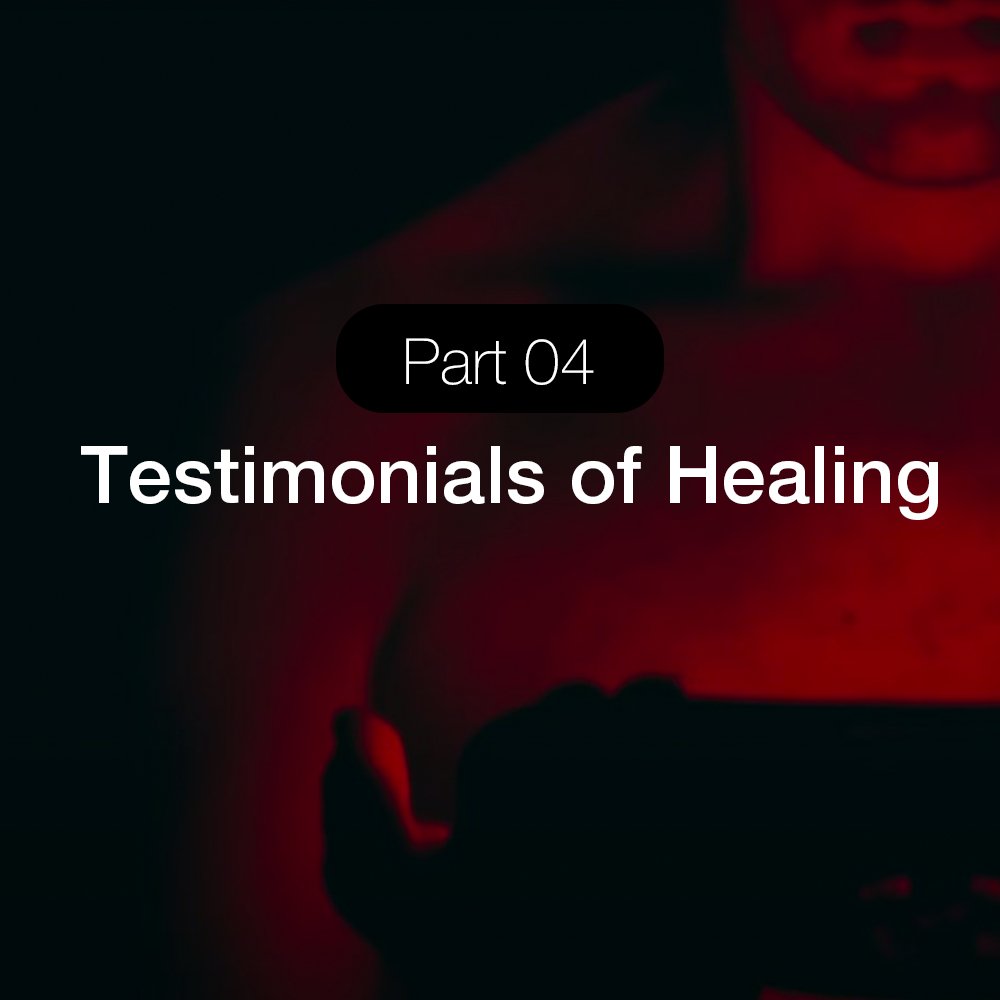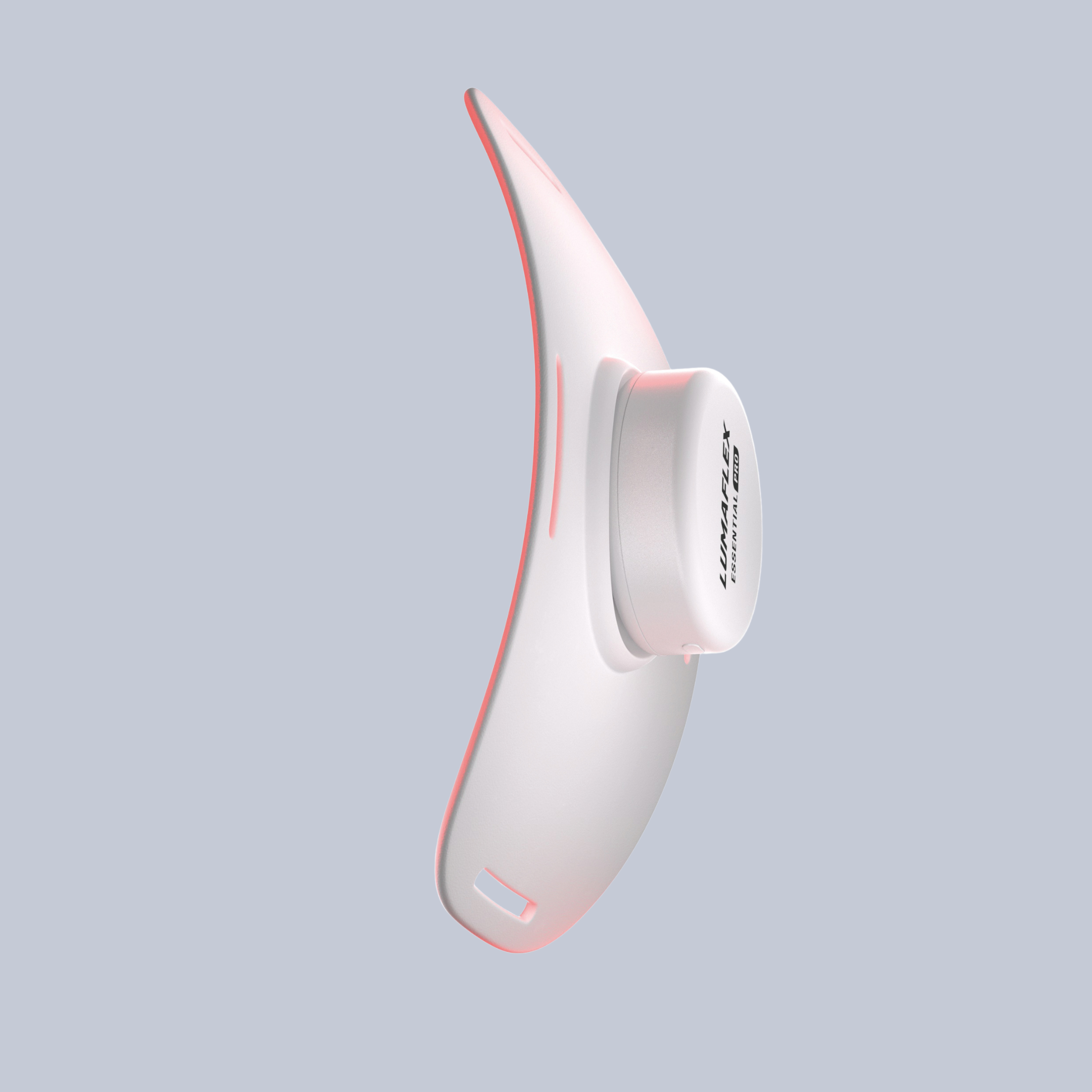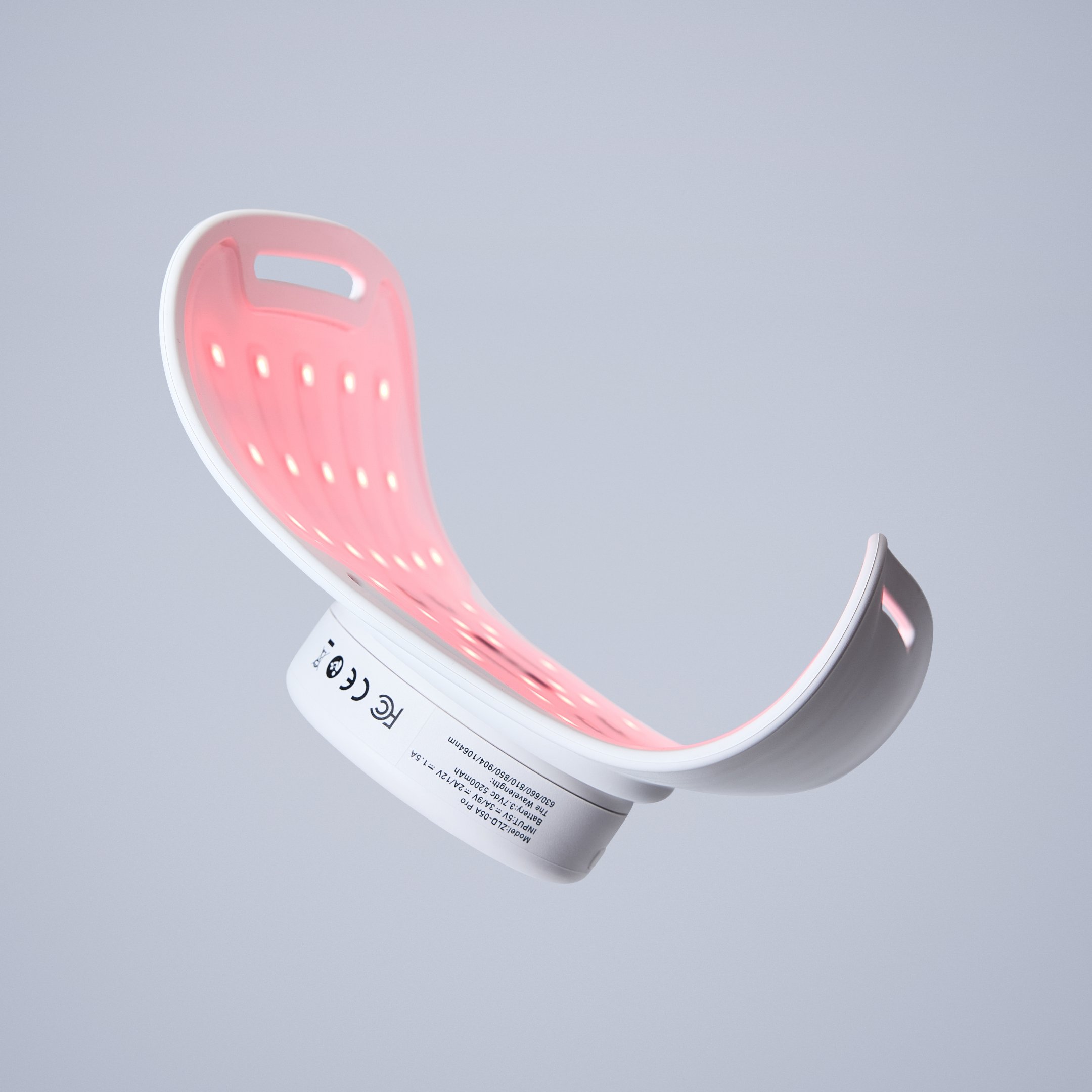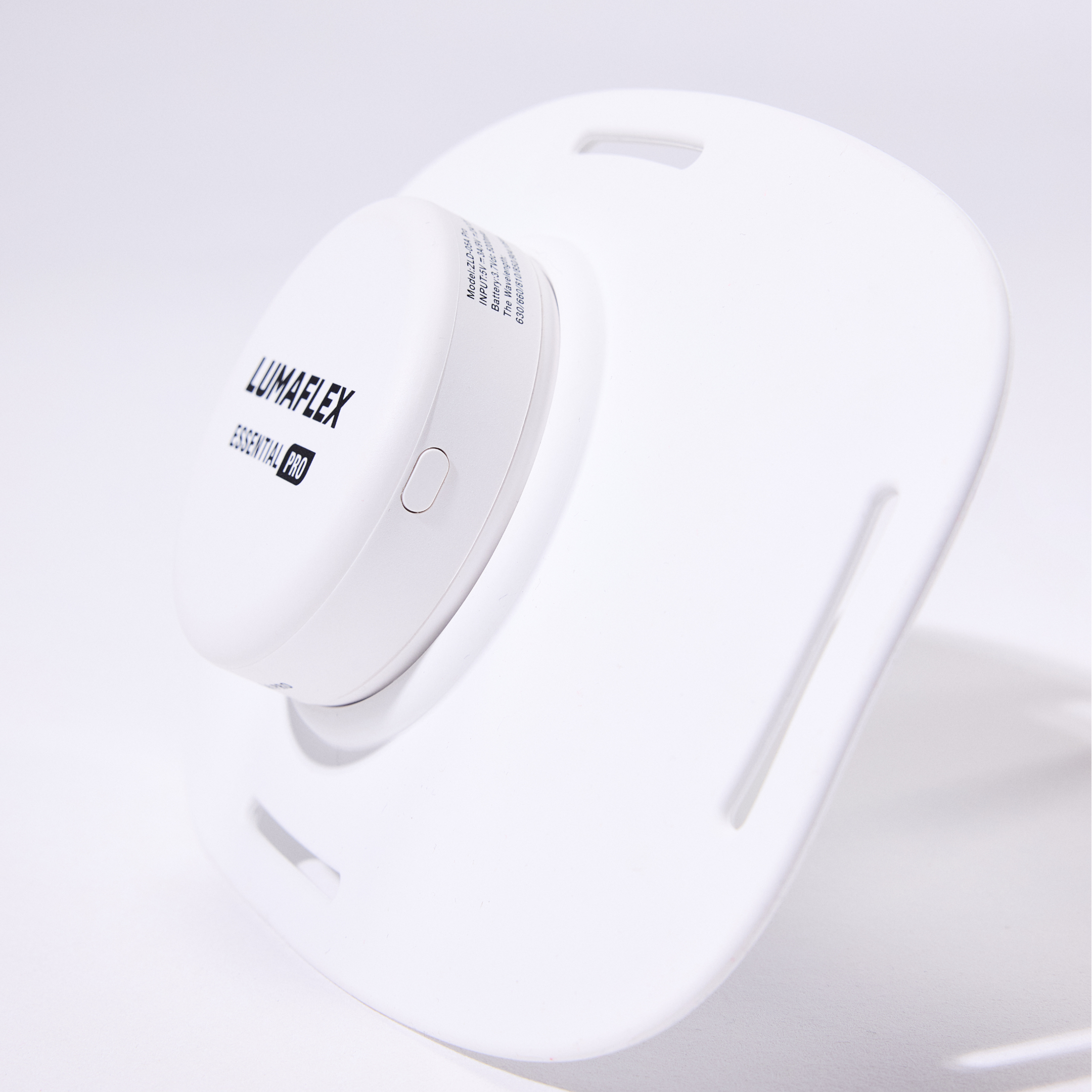Red Light Therapy Sleep: Improve Rest & HRV Naturally
Red Light Therapy and Sleep: The Missing Link in Recovery
Red Light Therapy Sleep: These days, everything is about metrics. We track our every move, steps taken, sleep gotten, and even stress felt. We can even track our heart rate and heart rate variability.
Having restless sleep, waking too early, and having a low and flat heart rate variability could mean having an unbalanced nervous system. You might be surprised to find out that research shows red light therapy is a natural and effective method to go to sleep, instead of sleeping aids or stimulants.
Red light, unlike fluorescent or blue light, works with your natural bodily functions and sleeps rhythms. It helps your body recover more each night, calms your nervous system, and improves your body’s natural recovery abilities.
In this guide, we’ll explore how red light therapy enhances both sleep quality and HRV, why the right wavelengths matter, and how Lumaflex devices are designed to help you achieve deeper rest and stronger recovery, backed by real research.
How Sleep and HRV Work Together in Recovery
To see how red light therapy supports better sleep and HRV, it helps to start with what these two systems actually do.
Sleep is when the body restores itself. Muscles repair, hormones rebalance, and the brain clears out stress from the day. Deep and REM stages are especially important for rebuilding energy and focus.
Heart Rate Variability (HRV) measures the small changes in time between heartbeats. It’s a window into how well your body shifts between stress and recovery.
-
High HRV suggests your body is rested and ready.
-
Low HRV often points to fatigue, poor recovery, or disrupted sleep.
When sleep quality drops, HRV tends to follow. Both reflect how well your nervous system is coping with daily demands. By improving one, you naturally help the other.
That’s where red light therapy for sleep and HRV comes in. Gentle wavelengths of light calm the nervous system, reduce stress hormones, and support a steady sleep rhythm. Over time, consistent use helps you improve HRV naturally while promoting deeper, more restorative rest.
How Red Light Therapy Improves Sleep and HRV
Evening exposure to red light therapy can help the body wind down naturally, supporting both sleep quality and heart rate variability (HRV). Unlike bright white or blue light, red wavelengths do not suppress melatonin, the hormone responsible for signaling your body that it is time to sleep.
Key ways red light therapy sleep sessions help:
-
Regulates circadian rhythm: Red light (630–660nm) signals the brain to transition toward rest, supporting consistent sleep patterns.
-
Boosts melatonin production: Encourages faster sleep onset and longer deep sleep cycles.
-
Reduces stress and inflammation: Lower cortisol levels allow the nervous system to enter a relaxed, parasympathetic state, improving HRV.
-
Supports cellular recovery: Mitochondria respond to red light by producing more ATP, promoting energy balance and overall recovery overnight.
Many people using red light therapy for sleep notice calmer nights and higher morning HRV readings within 1–2 weeks of regular evening sessions. Pairing this practice with simple relaxation routines such as deep breathing or gentle stretching can amplify benefits.

How Red Light Therapy Supports Heart Rate Variability
Heart rate variability (HRV) measures the time difference between consecutive heartbeats and reflects the balance between your body’s stress (sympathetic) and recovery (parasympathetic) systems. High HRV indicates better recovery, resilience, and lower stress, while low HRV often signals fatigue, overtraining, or disrupted sleep.
Red light therapy sleep sessions improve HRV through multiple mechanisms:
-
Reduces inflammation and oxidative stress: Calms the nervous system, allowing for a more restful state.
-
Boosts mitochondrial function: Enhances cellular energy production (ATP), supporting recovery during sleep.
-
Lowers cortisol levels: Reduces stress hormones, helping the body shift into parasympathetic dominance.
-
Enhances circulation: Improved oxygen and nutrient delivery to tissues, including the heart and brain.
By consistently using red light therapy in the evening, the body can naturally synchronize circadian rhythms, promote relaxation, and gradually increase HRV. This makes it a powerful tool for both nightly recovery and long-term sleep quality improvement.
The Wavelengths That Matter for Sleep and HRV: 630nm vs 850nm
Not all red light is created equal. For improving sleep and heart rate variability, two wavelengths stand out: 630nm red light and 850nm near-infrared light. Each penetrates the body differently and delivers unique recovery benefits.
| Wavelength | Primary Action | Sleep & HRV Benefit |
|---|---|---|
| 630nm (Red Light) | Acts on surface tissues and skin | Helps regulate circadian rhythm, increases melatonin production, and promotes relaxation for better sleep |
| 850nm (Near-Infrared) | Penetrates deeper into muscles, joints, and tissues | Reduces inflammation, enhances circulation, and supports parasympathetic nervous system activation to improve HRV |
By combining both wavelengths, Lumaflex devices deliver full-spectrum support — from superficial skin and hormone signaling to deep tissue recovery. This dual approach ensures that your evening red light therapy sessions support relaxation, improve sleep onset, and gradually raise HRV scores over time.

How to Use Red Light Therapy for Better Sleep and HRV
Using red light therapy at the right time and on the right areas maximizes its benefits for sleep and heart rate variability. Here’s a practical guide:
Evening Wind-Down Routine
- Timing: 60–90 minutes before bed
- Duration: 10–15 minutes per session
- Placement: Upper chest, neck, or back — areas near the vagus nerve and heart
- Purpose: Activate the parasympathetic nervous system to encourage relaxation and prepare the body for sleep
Combine this session with slow breathing or gentle stretching to further reduce stress and support HRV improvement.
Morning Reset Routine
- Timing: Within 30 minutes of waking
- Duration: 10 minutes
- Placement: Face or upper body exposure
- Purpose: Align your circadian rhythm, regulate cortisol levels, and naturally increase energy
Morning red light exposure can also enhance alertness and mood, supporting daily recovery and focus.
Tracking Progress: Measuring Sleep and HRV Improvements
Monitoring your results helps you understand how red light therapy for sleep affects your recovery and overall well-being. Use a wearable device or journal to track the following metrics over time:
- Heart Rate Variability (HRV): Look for a gradual increase in average HRV after 2–4 weeks of consistent use. Higher HRV indicates improved nervous system balance and recovery.
- Resting Heart Rate (RHR): A lower RHR can reflect better cardiovascular and autonomic function.
- Sleep Quality: Track deep sleep and REM duration to assess improvements in sleep architecture.
- Recovery Scores: Monitor readiness or recovery scores from your wearable device to see how well your body responds to training and daily stress.
Recording these metrics alongside your Lumaflex sessions helps you fine-tune timing, duration, and placement for maximum benefit. Over a few weeks, you should notice more consistent sleep patterns, improved recovery, and better energy throughout the day.
Why Lumaflex Excels at Recovery Metrics
Not all red light therapy devices are created equal. Lumaflex is designed to support both sleep quality and HRV improvements by targeting multiple aspects of recovery:
- Dual Wavelength Technology (630nm + 850nm): Red light at 630nm balances circadian rhythm and supports hormone signaling, while near-infrared at 850nm penetrates deep tissues to reduce inflammation and enhance parasympathetic activation.
- Cordless and Portable Design: Use Lumaflex anywhere — bedroom, gym, or while traveling — ensuring consistent, convenient sessions.
- Waterproof and Durable: Designed for active lifestyles, making it easy to integrate into daily routines.
- Optimized Timing Protocols: Morning sessions can boost energy and mood, while evening sessions calm the nervous system and support melatonin production.
Lumaflex goes beyond surface-level recovery. By combining red light therapy for sleep with whole-body recovery, it helps regulate your nervous system, improve HRV, and support better overall rest. All from the comfort of home.
Scientific Evidence Supporting Red Light Therapy for Sleep and HRV
Research continues to show that red light therapy can significantly influence sleep quality and heart rate variability (HRV). Key studies include:
- 2012 – Journal of Athletic Training: Evening red light exposure improved melatonin levels and overall sleep quality in athletes, as evidenced by a cohort study of 20 Chinese female basketball players with significant statistical correlations (P < .05).
- 2021 – Journal of Integrative Cardiology Open Access: Red and blue light improve HRV in athletes ; pilot study with 30 participants ; random exposure to different light conditions for 120 minutes.
- 2022 – Biology Journal: Combined red and near-infrared wavelengths increased both subjective sleep quality and HRV over a four-week period.
These studies highlight how red light therapy for sleep not only supports melatonin production but also promotes parasympathetic nervous system activation, improving recovery metrics naturally.
Should I use red light therapy before bed?
Yes. A 10–15 minute session in the evening helps increase melatonin production, calm the nervous system, and support deeper, more restorative sleep.
Can red light therapy replace blue light blocking glasses?
Not exactly. Red light therapy complements blue light blocking by signaling your body that it’s time to rest, without blocking blue light directly, helping maintain a healthy circadian rhythm.
When will I see improvements in HRV?
Most people notice measurable increases in HRV within 3–4 weeks of consistent evening and/or morning sessions. Individual results vary based on baseline health, sleep habits, and consistency.
How should I combine red and near-infrared light for sleep recovery?
Use 630nm red light in the evening to support melatonin and circadian rhythm. Near-infrared light (850nm) can complement deep tissue recovery, improving overall HRV and reducing stress markers.
Can I use Lumaflex devices safely at home for sleep?
Yes. Lumaflex devices are FDA-cleared, cordless, and designed for home use. They deliver safe dual-wavelength therapy for both surface and deep tissue recovery.
Conclusion: Improve Sleep and HRV Naturally with Red Light Therapy
Better sleep and higher HRV are foundational for recovery, performance, and long-term health. Red light therapy sleep sessions help your body restore balance by supporting circadian rhythm, calming the nervous system, and boosting cellular energy from within.
With Lumaflex, you can integrate professional-grade red and near-infrared light therapy into your daily routine safely and conveniently at home. Consistent use helps you sleep deeper, recover faster, and perform better, without supplements or invasive treatments.
Make restorative sleep part of your everyday recovery:
-
Shop Lumaflex Devices
- Learn the science behind sleep and recovery at Lumaflex Academy

